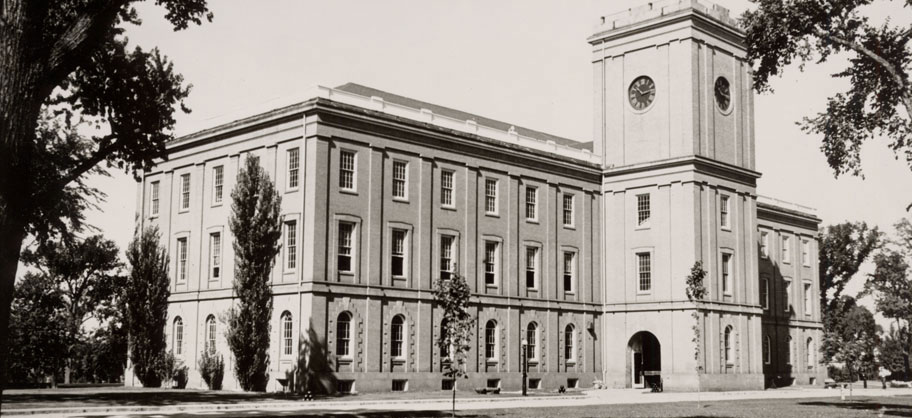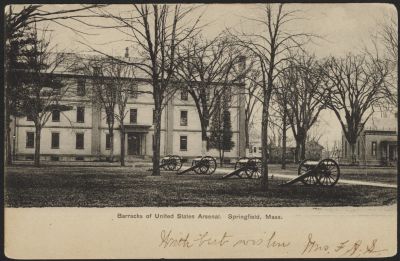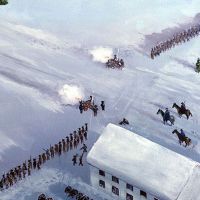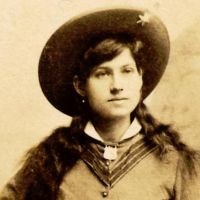Primary Source
MISSION ACCOMPLISHED:
ARMORY RECEIVES HONORABLE DISCHARGE AFTER 174-YEAR SERVICE
The Springfield Armory, founded in 1794 by the 3rd Congress on recommendation of George Washington, passed into history Tuesday at approximately 10:40 a.m.
The lowering of the U.S. army flag at the 18th U.S. army band played "Retreat" officially closed the federal facility in its 174th year.
Beneath cloudless blue skies, chilled by breezes of 54 degrees, about 1200 people attended the ceremonies marked by sadness and joy.
… Politicians used well-turned phrases like, "I have come to praise the Armory, not to bury it" and "from bullets to books." But the sentiment of the day was expressed by John C. Garand of this city who was listed on the program as typifying the Springfield Armory employee.
In a voice so filled with emotion that it seemed at times he would not be able to continue, Garand, who designed the semi-automatic rifle which bears his name, noted that "millions of American soldiers, sailors and marines were proud to be called our satisfied customers. We are proud, however, to know that the Springfield Armory reputation and tradition will live on for many generations in the weapons of defense which are now our heritage."
… Retreat was sounded as the security police lowered the Army's U.S. flag. A volley of 20 shots was sounded by four policemen with M14 rifles.
The Springfield Union, May 1, 1968








